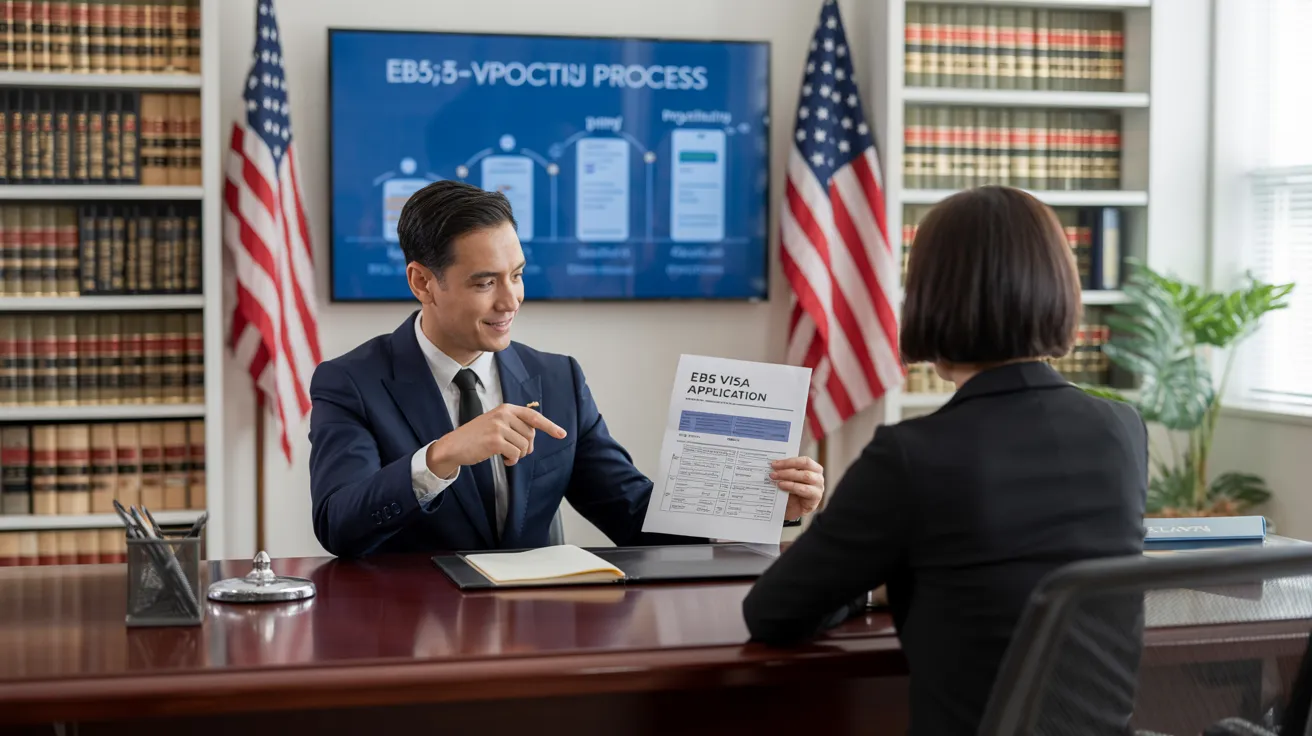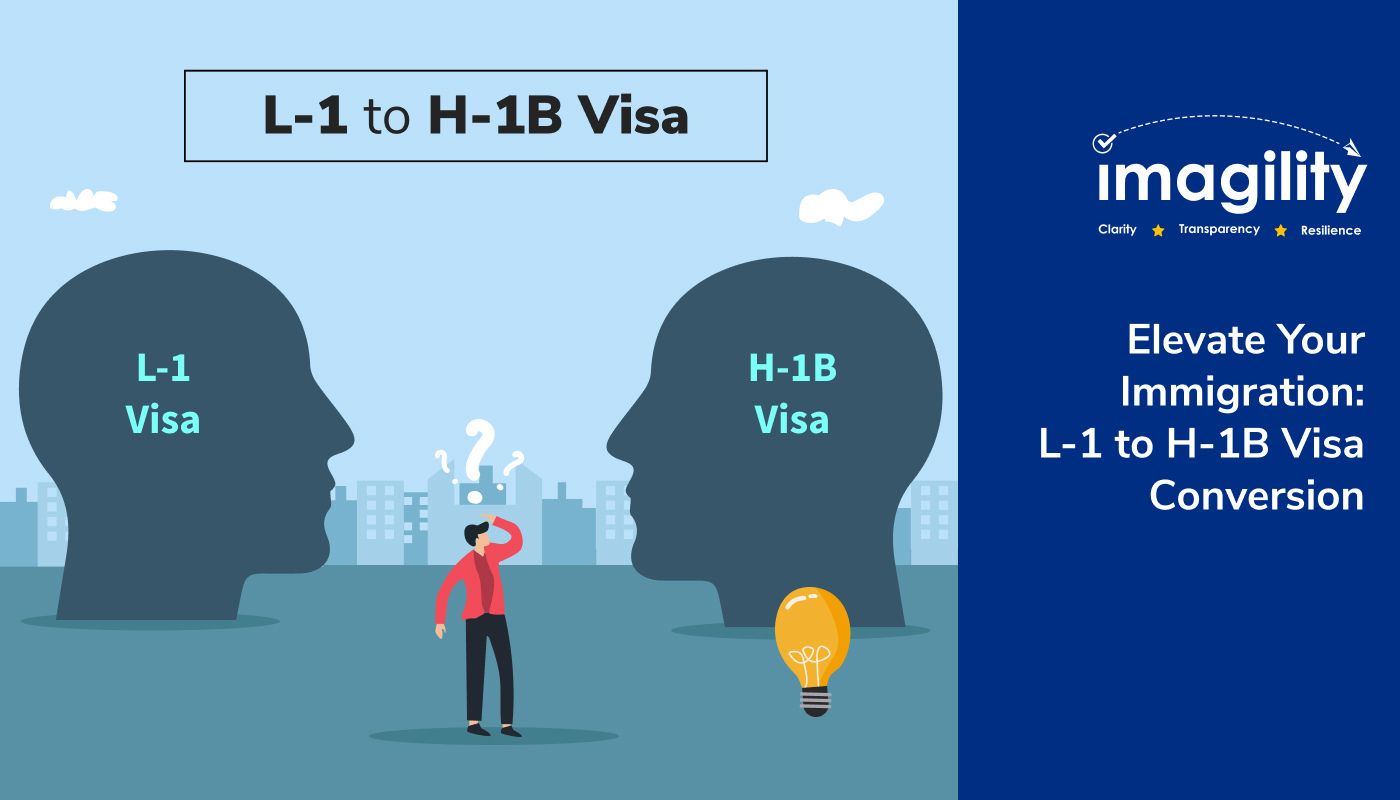All About L1 Visa
Table of ContentsL1 Visa Things To Know Before You BuyLittle Known Facts About L1 Visa.The Only Guide for L1 VisaThe 3-Minute Rule for L1 VisaThe smart Trick of L1 Visa That Nobody is Talking AboutThe Of L1 VisaThe 3-Minute Rule for L1 Visa
The L-1 visa is an employment-based visa classification established by Congress in 1970, allowing multinational companies to move their managers, execs, or essential employees to their U.S. operations. It is frequently described as the intracompany transferee visa. There are 2 major types of L-1 visas: L-1A and L-1B. These types appropriate for staff members employed in different settings within a business.Additionally, the recipient must have operated in a supervisory, executive, or specialized staff member setting for one year within the three years coming before the L-1A application in the international firm. For brand-new workplace applications, international employment needs to have been in a supervisory or executive capability if the beneficiary is concerning the United States to function as a manager or exec.
for up to seven years to manage the operations of the U.S. associate as an exec or supervisor. If issued for a united state business that has been functional for greater than one year, the L-1A visa is initially provided for as much as 3 years and can be expanded in two-year increments.
More About L1 Visa
If given for an U.S. business operational for greater than one year, the initial L-1B visa is for up to 3 years and can be expanded for an additional 2 years. Conversely, if the U.S. company is recently developed or has actually been functional for much less than one year, the initial L-1B visa is provided for one year, with expansions available in two-year increments.
L-1A visa owners can remain in the United state for up to seven years, while L-1B visa owners can work in the U.S. for up to 5 years. L-1A visa can lead to an EB-1C immigrant visa, whereas L-1B visa can not lead directly to long-term residence status.


Conversely, if you have special or innovative knowledge within your business, you may be qualified for transfer to the U.S. to apply your specialized skills. The L-1 visa procedure includes intricate procedures, requiring extensive documentation and cautious analysis of lawful requirements on a case-by-case basis. In this respect, the help of a migration attorney is vital for making sure the successful conclusion of the process.
The L-1 visa stands as a vital tool for global companies, facilitating the transfer of vital personnel between overseas and U.S. branches. However, browsing the ins and outs of this visa category can be intimidating. To clarify this topic, we've assembled a detailed guide dealing with one of the most regularly asked concerns regarding the L-1 visa: At its core, the L-1 visa makes it possible for multinational business to move specific workers from consular services to U.S.
How L1 Visa can Save You Time, Stress, and Money.
entities, such as parent, subsidiary, or associate. In addition, the employee being transferred should have benefited the overseas firm for at the very least one continual year within the coming before three years. Specialized knowledge refers to competence or knowledge of the company's products, services, procedures, or treatments that is not easily offered in the U.S.
Yes, L-1 visa holders can bring their spouses and single children under 21 years of age to the United States on L-2 visas. Dependent household participants are permitted to examine in the U.S. and, sometimes, get employment permission. L-1 visa holders may pursue long-term residency (permit) status through employment-based migration pathways, such as the EB-1C group for multinational supervisors and executives.
Citizenship and Immigration Services (USCIS), along with supporting documents demonstrating the qualifying relationship in between the abroad and U.S. entities and the certifications of the worker being transferred. While the L-1 visa is a prominent selection for intra-company transfers, there are alternative visa alternatives available relying on the person's credentials and situations.
Yes, spouses of L-1 visa owners on L-2 visas are accredited to work without having to make an application for job authorization. While there is no specific demand for L-1 visa owners to preserve an international residence, they are expected to preserve ties to their home country and intend to depart the United States upon completion of their authorized stay.
The residential worker has to have been utilized by the L-1 visa holder for at the very least one year within the preceding 3 years and have to intend to work full time for the visa holder in the U.S. When looking for an extension of remain on an L-1 visa, companies should remain to show the certifying relationship in between the overseas and united state
Unknown Facts About L1 Visa

and foreign entitiesProof of the worker's role and qualifications (e.g., job summaries, organizational charts)Proof of continued company procedures in both the united state and international locations The U.S. Citizenship and Migration Solutions (USCIS) gives specific meanings for essential terms: "The staff member's capability to choose of read more broad latitude without much oversight." "The capacity of the worker to manage and control the job of specialist employees and to handle the organization" or "to take care of a crucial function of the organization at a high degree, without straight supervision of others." "Special knowledge possessed by an individual of the petitioning organization's items, solutions, research study, tools, methods, administration, or various other rate of interests and its application in worldwide markets" or "innovative level of expertise or expertise in the company's procedures and treatment." For brand-new workplace L-1 requests, the employer must show financial ability and give thorough strategies to establish operations in the united state

All about L1 Visa
L-1A visa owners (supervisors and executives) can prolong their remain in increments of up to two years for an optimum total keep of 7 years. L-1B visa owners (specialized knowledge employees) can likewise prolong their visas in two-year increments, yet they are limited to a five-year remain. A worker that gets the L-1 visa may likewise bring a partner and dependent children (single and under 21 years of age) for the visa term.
If a business falls short to submit an expansion of the blanket request in a timely way, it does not activate a three-year waiting period prior to an additional blanket request can be filed. This allows firms to preserve their blanket L-1 standing more quickly. Lots of L-1 visa holders consider lasting potential customers in the USA, and a common inquiry emerges learn more regarding transitioning to permanent residency.
L-1A visas are created for supervisors and executives, while L-1B visas are for get started staff members with specialized knowledge, as established by the USCIS. L-1A visa owners commonly have much more senior roles within the company, overseeing divisions or running operations. L-1B visa holders possess comprehensive knowledge of the firm's special methods, items, or solutions.
The 4-Minute Rule for L1 Visa
Both visa types are originally granted for one to three years, with the opportunity of expansions in two-year increments. Yes, spouses of L-1 visa holders (L-2 visa holders) are given work consent case to status. This implies they no more require to file a separate application for work authorization to function in the USA.